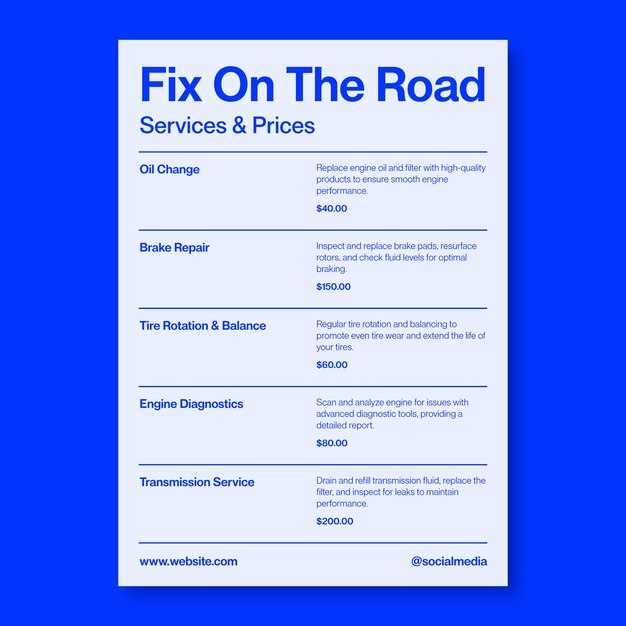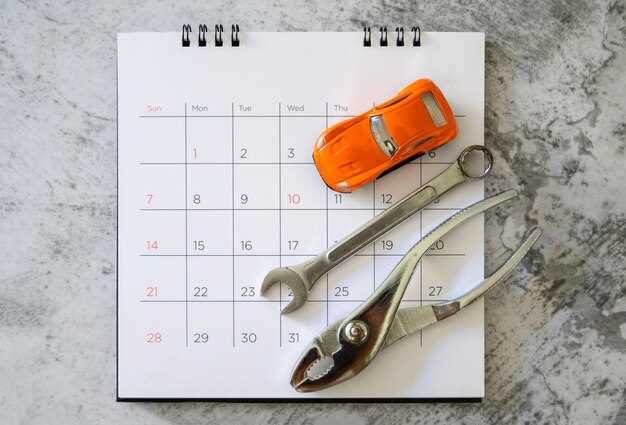
Seasonal Motorcycle Maintenance Checklist

As motorcycle enthusiasts know, proper care and maintenance are essential for ensuring a smooth and safe riding experience. Each season brings unique challenges for your motorcycle, making it crucial to adapt your maintenance routine accordingly. Following a seasonal maintenance checklist will not only enhance the longevity of your bike but also provide peace of mind as you hit the open road.
This article offers valuable tips for each season, highlighting key areas of focus to keep your motorcycle in top shape. From preparing your bike for the winter chill to conducting thorough checks in the spring, you’ll learn what to prioritize throughout the year. Emphasizing the importance of regular maintenance, we’ll help you develop a proactive approach to caring for your motorcycle that minimizes the risk of unexpected issues during your rides.
Whether you’re a seasoned rider or a newcomer to the motorcycle community, following these guidelines will empower you to maintain your bike effectively. Dive into our comprehensive checklist and discover how to keep your motorcycle performing at its best, all year round.
Pre-Winter Preparation: Protecting Your Motorcycle from Harsh Elements
As the seasons change and winter approaches, it is essential to take proper care of your motorcycle to ensure it remains in excellent condition. Preparing your bike for the harsh elements of winter can prolong its life and maintain performance. Here are some seasonal tips to protect your motorcycle.
First, thoroughly wash and dry your motorcycle to remove dirt, grime, and road salt that can contribute to corrosion. Use a quality motorcycle cleaner and ensure that all components, including the engine, frame, and wheels, are clean before applying a protective wax or polish. This creates a barrier against moisture and helps prevent rust.
Next, check and change the oil and filter if necessary. Old oil can contain contaminants that may harm your engine during cold weather. Fresh oil will provide optimal protection and lubrication, ensuring your motorcycle runs smoothly when you take it out again.
Inspect the battery. Cold weather can significantly impact battery performance. Clean the terminals and ensure the battery is fully charged. If your battery is older than a couple of years, consider replacing it to avoid problems when spring arrives. Using a smart battery maintainer during the winter months will keep it in good condition.
Don’t neglect your tires. Check the tire pressure and tread depth, as cold temperatures can cause the pressure to drop. Properly inflated tires will provide better traction and stability. If you plan to store your motorcycle for winter, consider using a tire stand to prevent flat spots.
Moreover, protect your bike from moisture by storing it in a dry, sheltered area. A garage or dedicated motorcycle cover designed for winter storage is ideal. Ensure the cover is breathable to prevent condensation buildup, which can lead to damage over time.
Finally, before hibernating your motorcycle, make sure to treat the fuel. Add a fuel stabilizer to prevent ethanol in the gas from breaking down and causing issues in the spring. This simple step ensures your motorcycle starts without hitches when you reclaim it from winter storage.
By taking these essential pre-winter preparation steps, you can safeguard your motorcycle against the harsh winter elements and ensure it’s ready to ride come spring. Regular seasonal maintenance is key to a long-lasting and reliable bike.
Spring Tune-Up: Ensuring Optimal Performance After Storage

As spring approaches and it’s time to bring your motorcycle out of storage, a thorough tune-up is essential for optimal performance. Proper care during this seasonal transition can ensure your bike runs smoothly and safely throughout the riding season.
Start by inspecting the battery. Cold weather can diminish its charge, so check for corrosion on terminals and ensure it holds a full charge. If necessary, clean the terminals and consider replacing the battery if it shows signs of weakness.
Next, examine the tires for any signs of damage or flat spots that may have developed during storage. Check the tire pressure, as it can drop over time. Inflate them to the manufacturer’s recommended levels and inspect tread depth for adequate grip on the road.
Change the oil and oil filter as part of your spring maintenance. Old oil can break down and lose its protective properties, leading to engine wear. Use the recommended oil type for your motorcycle to ensure optimal lubrication.
Brake inspection is crucial for safety. Check both front and rear brakes for proper function, and inspect pads for wear. If they are worn down or the brake fluid appears dirty, it’s time for a replacement.
Inspect the fuel system as well. If you left fuel in the tank during storage, it may have degraded. Empty the tank and refill it with fresh fuel, adding a fuel stabilizer if appropriate. Don’t forget to check the fuel lines for leaks or damage.
Lastly, take a look at the chain or belt drive. Clean and lubricate the chain or inspect the belt for wear. Proper maintenance in this area is essential for smooth operation and longevity of your motorcycle.
Completing this spring tune-up will not only enhance your motorcycle’s performance but also provide peace of mind as you hit the open road once again. Prioritize care and maintenance to enjoy a flawless riding experience throughout the season.
Summer Care: Keeping Your Motorcycle Cool and Safe on the Road

During the summer months, proper care of your motorcycle is essential to ensure a safe and enjoyable riding experience. High temperatures can put extra strain on your bike, making regular maintenance crucial. Start with the cooling system; check the coolant level and ensure there are no leaks in the hoses. Overheating can lead to severe engine damage, so monitor your bike’s temperature gauge while riding.
Tire care is equally important in hot weather. Inspect your tires for proper pressure, as heat can cause them to expand. Look for signs of wear and ensure the tread depth is adequate. A well-maintained tire not only provides better traction but also ensures safety on the road.
Ensure your brakes are functioning optimally. In summer, the increased traffic can lead to more frequent stops, so test your brake fluid level and pads to guarantee they are in good condition. Any signs of wear should prompt immediate replacement to prevent accidents.
Check your battery, as heat can impact its performance. Clean any corrosion from terminals and ensure connections are tight. A well-maintained battery decreases the chance of breakdowns during summer rides.
Finally, don’t forget about your motorcycle’s fluids. Regularly inspect and top off engine oil, transmission fluid, and other essential fluids to keep your bike running smoothly. In the summer heat, engines work harder, and having the right level of fluids is key to maintaining performance.